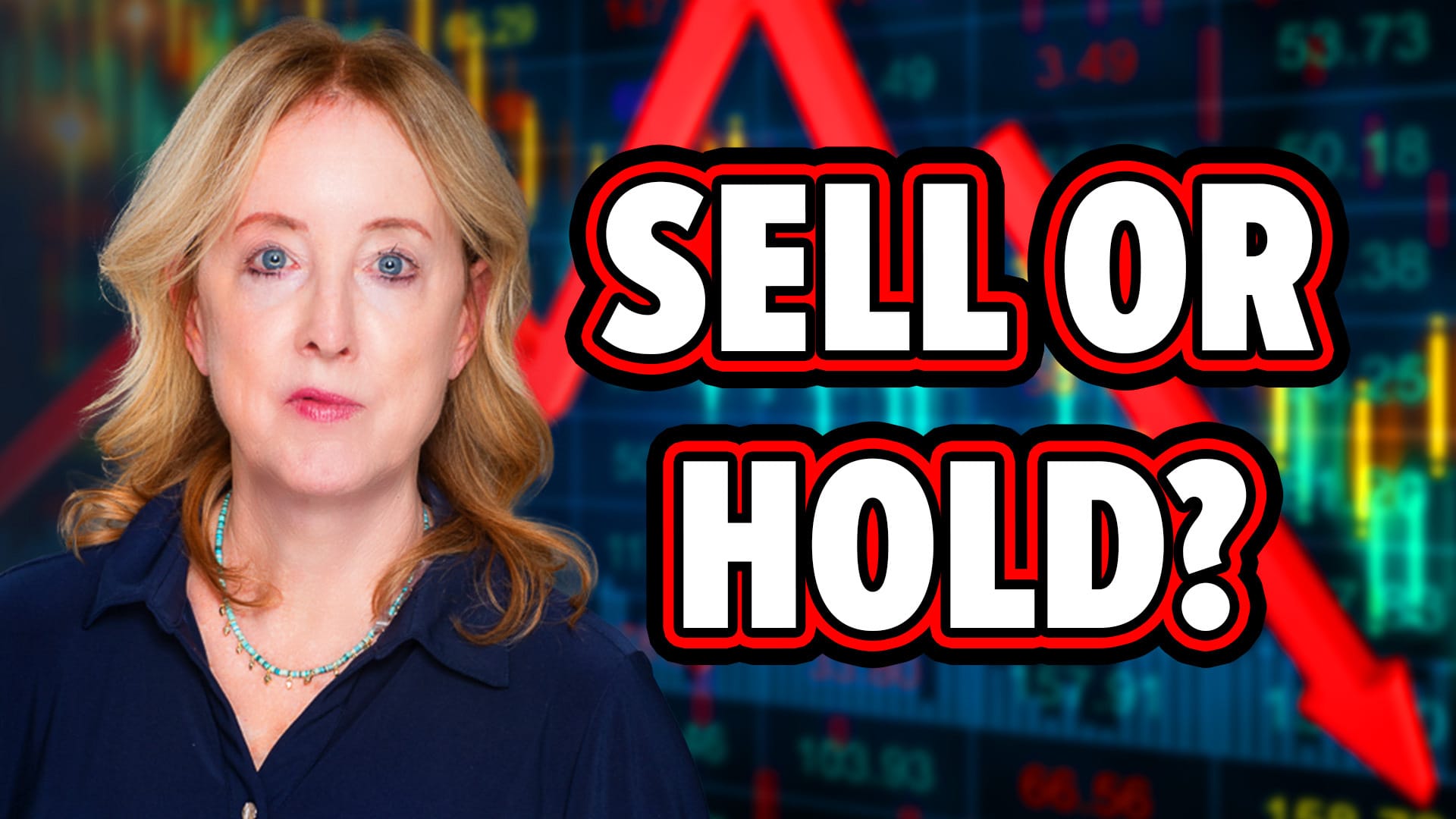LOW VOLATILITY (VIX) INDEX MAY INCREASE MARKET RISK IN 2006 -- S&P 500 PULLS BACK FROM OVERBOUGHT CONDITION
VIX AT LOWEST LEVEL IN A DECADE... Despite the market's getting off to a strong start in the new year, I've maintained a generally cautious view on the market's long-term trend. Part of that is based on the length of this bull market which is now in its fourth year. Another is based on the four-year presidential cycle which is due for a down year in 2006. Another is based on sentiment indicators like the Volatility (VIX) Index. The reason for my concern is that the VIX is at the lowest level in a decade. Why that matters is that low VIX numbers are more normally associated with market peaks than bottoms. The purpose of Chart 1 is to show the generally inverse relationship between the VIX (purple line) and the S&P 500 (green line) over the last year. Notice that the S&P lows in April and October (green up arrows) coincided with peaks in the VIX Index (purple down arrows). By contrast, the S&P peak in August coincided with a VIX trough. Another way to look at it is that a falling VIX is usually bullish for stocks, while a rising VIX is usually bearish. At the moment, the VIX is starting to bounce from the same level it bounced from last summer. That puts it in a potential support area. At the same time, the S&P has just risen to a new multi-year high. An upturn in the VIX from current levels could lead to a pullback in an overbought stock market. How much of a stock pullback could depend on how high the VIX goes.

Chart 1
LAST BULL MARKET STARTED WITH HIGH VIX READING... Chart 2 shows the inverse relationship between the VIX (purple line) and the S&P (green line) over the last four years. The VIX had been rising early in 2002 as the stock market was falling. The VIX peak near 40 in the fourth quarter of that year, however, coincided with a major bottom in the S&P 500 (see arrows). Since then, the rising stock market has been accompanied by a falling VIX. Which brings us to the present. The VIX may be starting to level off. That isn't enough in itself to signal a market peak. But it may be enough to suggest that there's more risk in the market than most people realize. The October 2002 bottom took place with a high VIX reading. The next four-year cycle low is due in the autumn of 2006. The problem is that the VIX appears too low to create that next four-year bottom. Which means that the VIX may have to rise between now and then. That's when the market risk will also start to rise.

Chart 2
VIX RESISTANCE NUMBERS ... Charts 3 is a daily bar chart for the Volatility Index since last summer. The VIX is starting to bounce off last summer's low near 10 and is rebounding from an oversold condition. To turn its short-term trend higher, it needs to clear initial intra-day resistance at 12.51. That would cause more short-term profit-taking in stocks. In the meantime, the S&P 500 is in a short-term overbought condition over 70. In addition, the 9-day RSI line has failed to reach its late November peak which creates a short-term negative divergence (blue arrow). This looks like a good time for short-term traders (or those looking for an excuse to take some January profits) to do so. The major trend of the S&P, however, is up and will continue to be so as long as prices remain above the 50-day moving average and/or the recent intra-day low at 1245.

Chart 3

Chart 4








